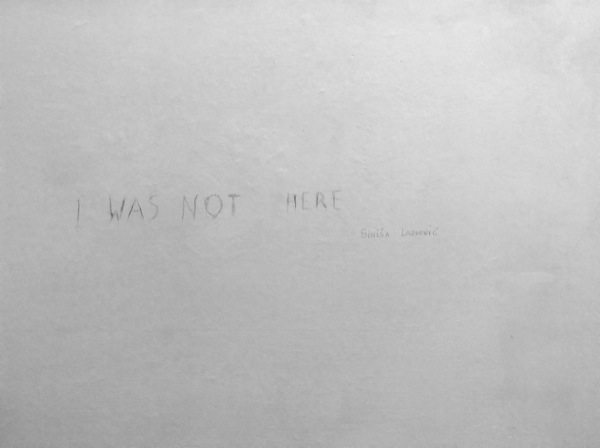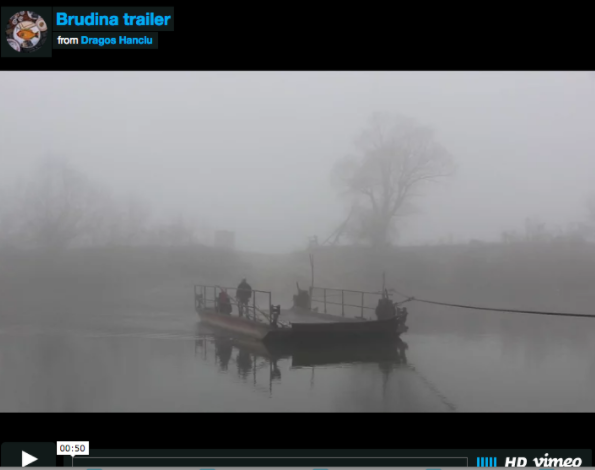Road Show Eastern Europe – 2017 & 2018
Road Show East
Budapest-Belgrad-Zagreb-Ljubljana-Timisoara-Vienna
On a proposal of
Agnes Hamvas & Hubert Hasler
Amalie Atkins, Dragoš Hanćiu, Adrijan Karavdić, Jiri Kocica, Michael Koch, Siniša Labrović, Gani Llalloshi, Jelena Micic, Andraš Nagy, NOIMA, Bojana Stamenkovic
Start 8th of November 2017 @ Knoll Galerie Budapest
24th Timisoara February, 2018 7 pm
Casa Artelor / Galeria Pygmalion
27th Belgrade
Ostavinska
28th February, 2018 7 pm
Zagreb Gallery Greta
1st of March 2018 7 pm
Chemical Institut Ljubljana
Final Destination Vienna 2.June 2018
12-14 contemporary Vienna
Cooperationen
Knoll Galerie Budapest, Austrian Cultural Forum Bucharest, Austrian Cultural Forum Budapest, Galerie Michaela Stock, ODD, BKA Abtl.: II/6 12-14 contemporary
https://www.global-artfair.com/single-post/the-art-language-of-the-East
http://www.modernism.ro/2018/0
Pictures of the Exhibition
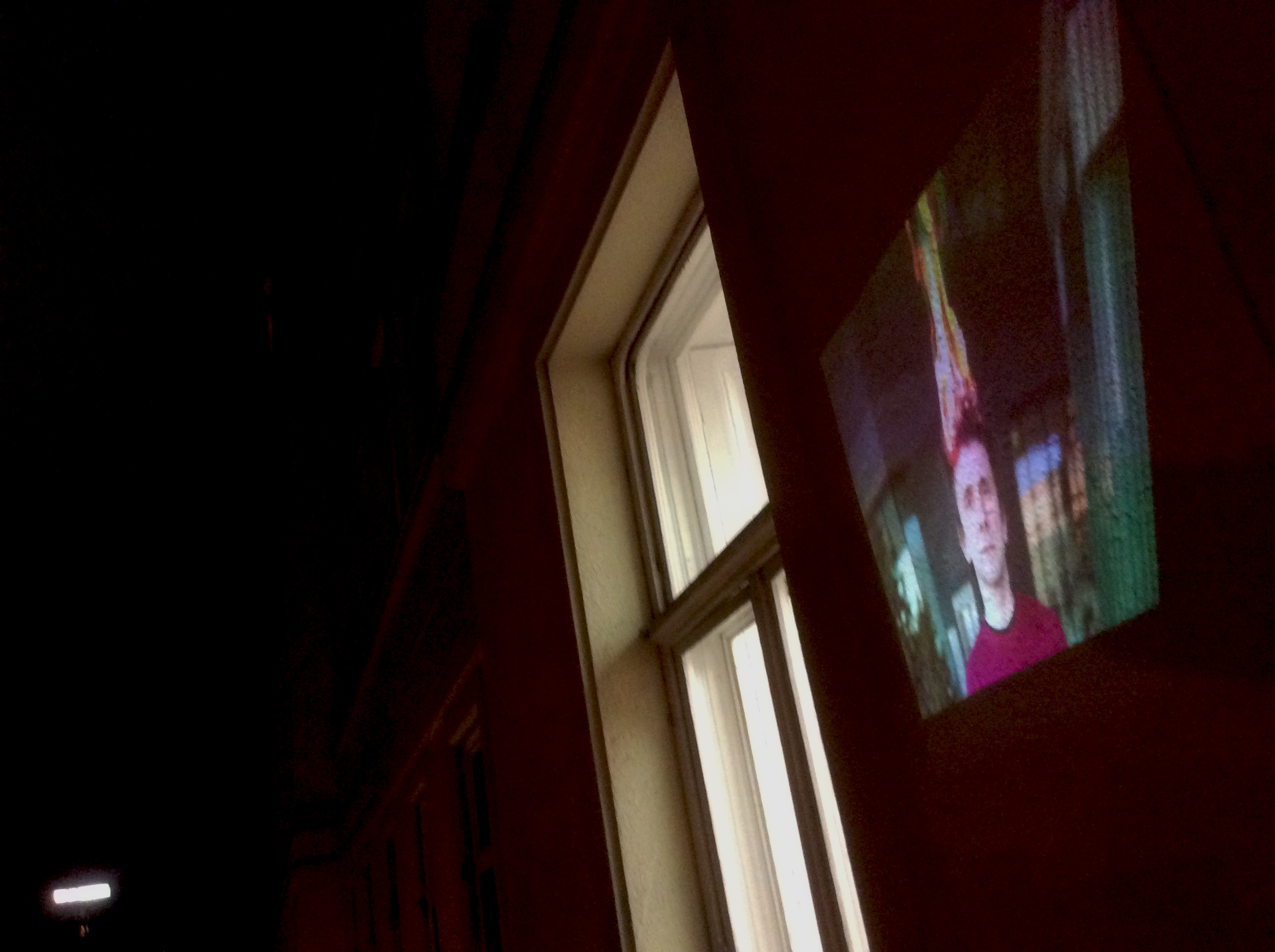
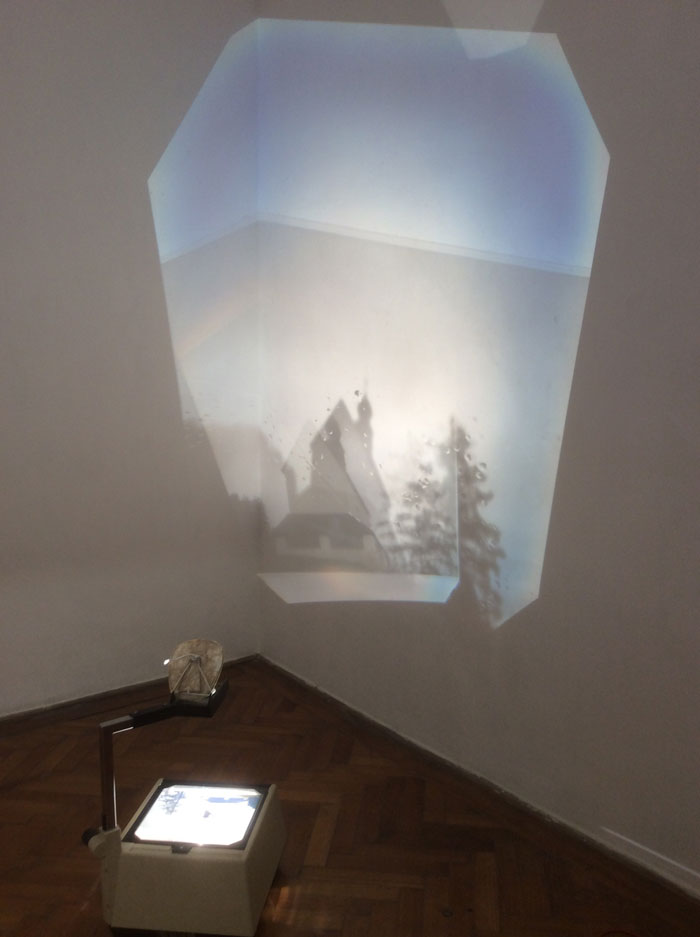
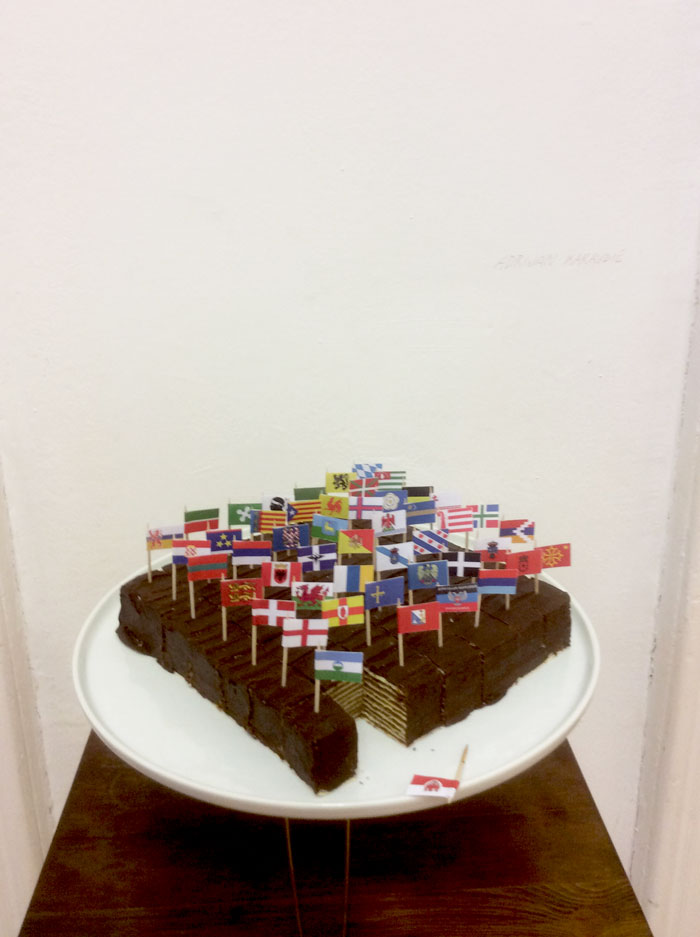
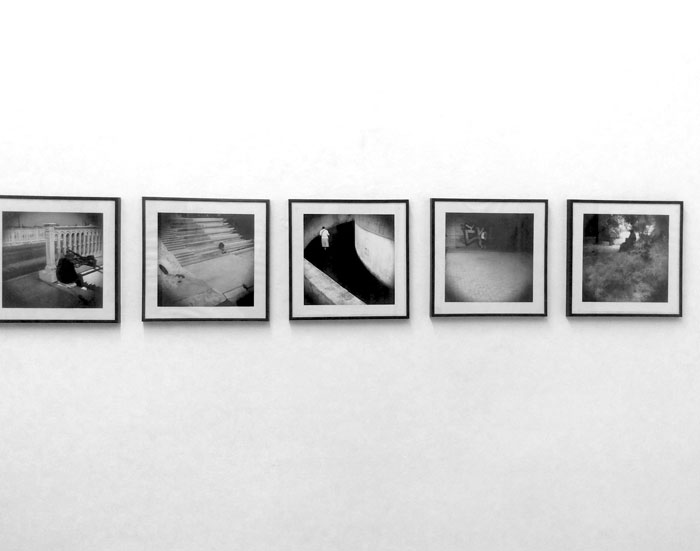
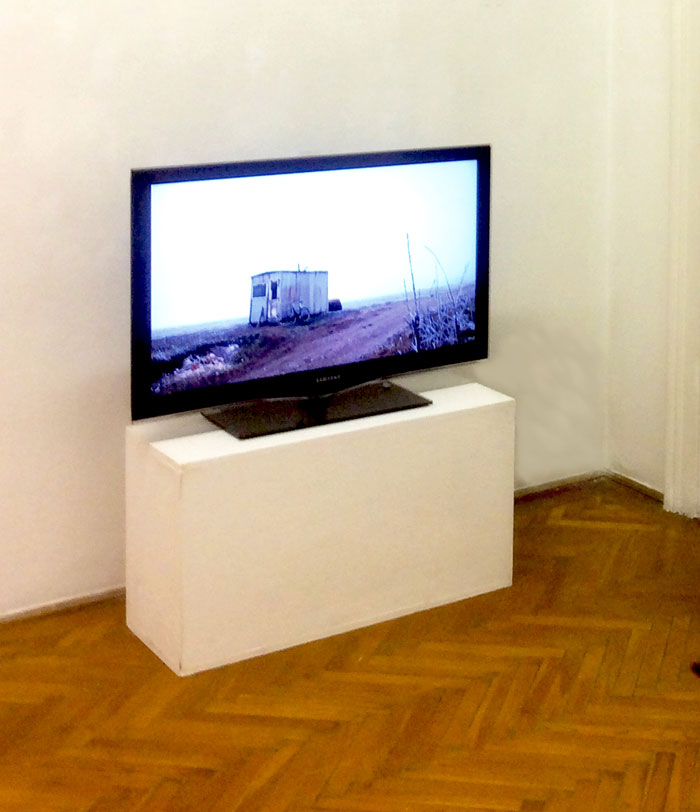
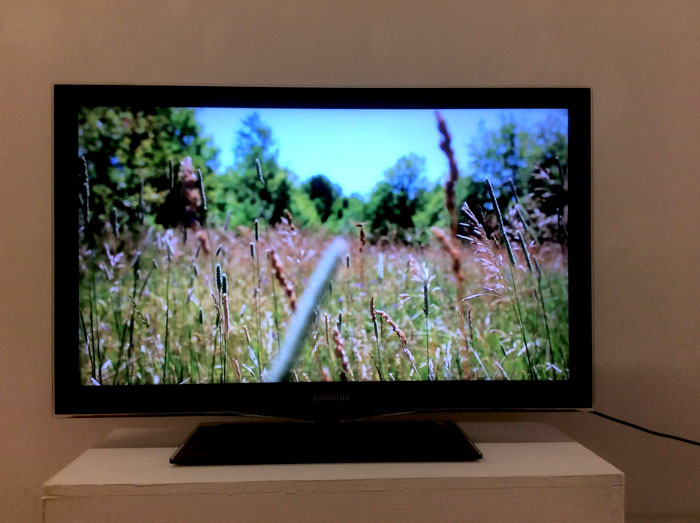
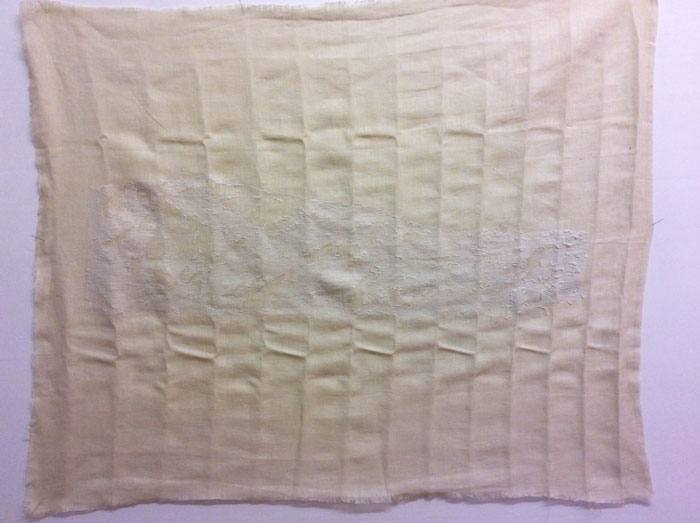
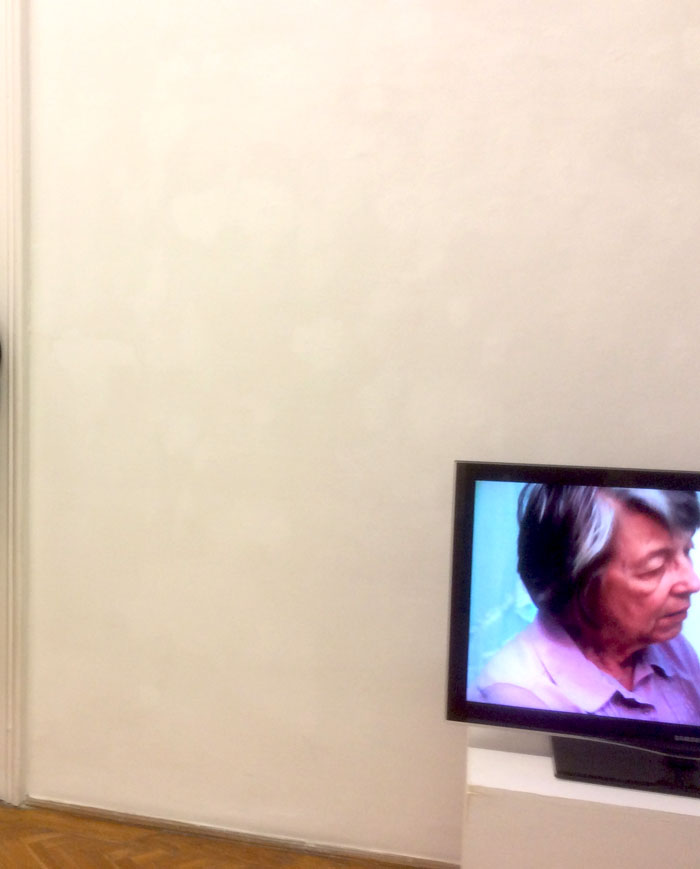

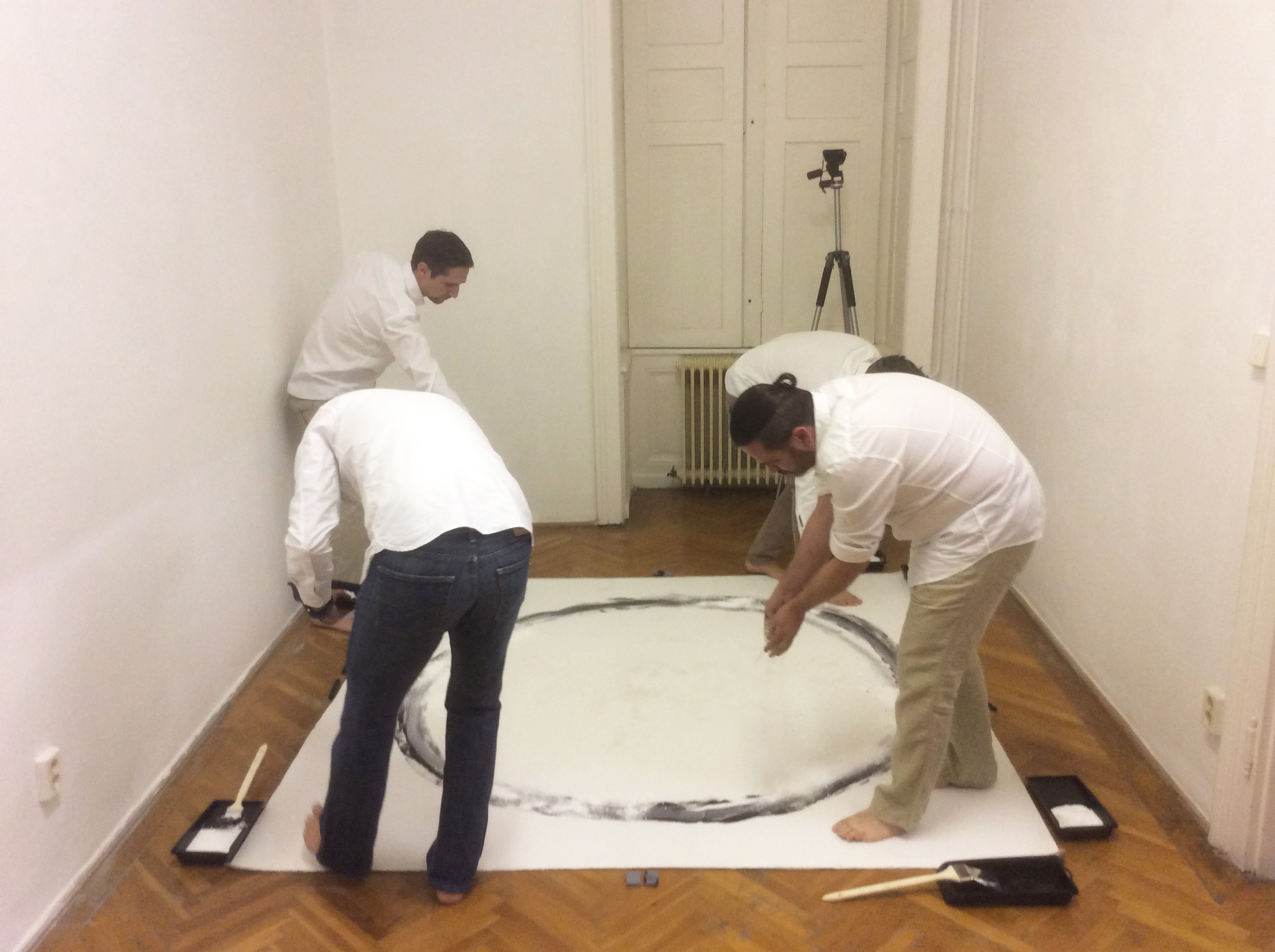
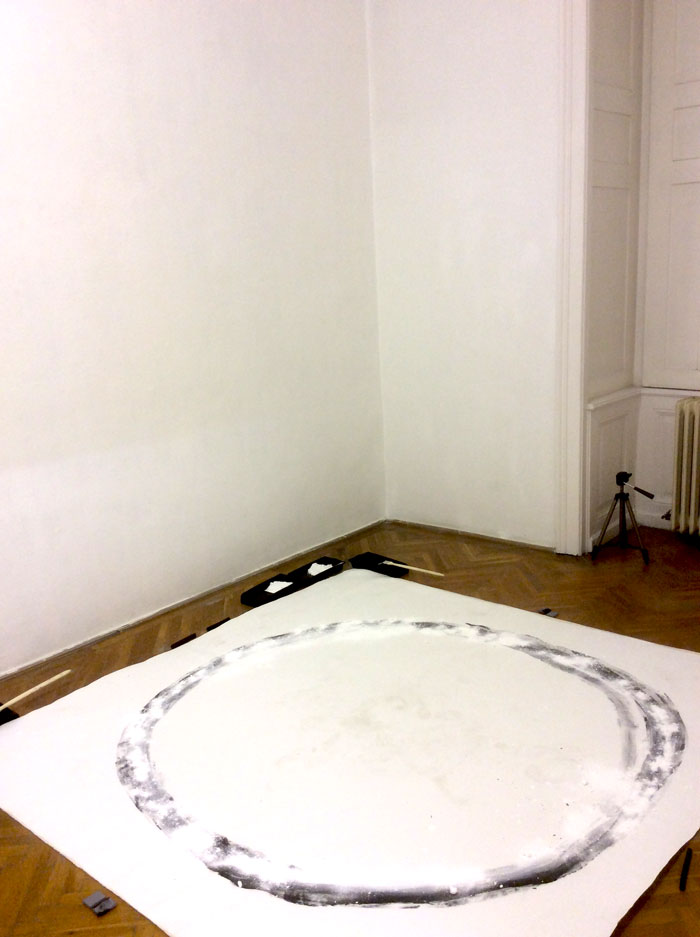
PRESS
https://artavizuala21.wordpress.com/2017/11/13/noima-la-budapesta-road-show-east/
http://www.modernism.ro/2017/1
http://www.timisoreni.ro/despr
http://www.agentiadecarte.ro/2
The two artists come from various backgrounds of socialization.
Agnes Hamvas, ex Yugoslavia, Hungarian minority, mother tongue Hungarian, education language Serbo-Croatian.
Hubert Hasler, Styria, Mother Language Styrian, Educational Language High German.
The intension of the project is to focus one and the same experience on a theme by two people from different countries of origin and backgrounds of socialization and to match in the presentations artists from the countries they are traveling through.
In 2017 the artists Agnes Hamvas and Hubert Hasler will visit Croatia, Serbia, Slovenia, Hungary and Romania.
Diversity and common historical roots have prompted the two artists to initiate a travel exhibition, inviting artists from Eastern European neighbours. Art postcards from all participating artists will be stay as a left-over at the stations. They are tagging the route of their journey analog and digital on a Facebook page, like a travel book. A printed catalogue will include pictures of the trip as well as installation views. In this way, this art travel achieves a sustainability, Hamvas and Hasler artists will be present at all stations, some of the other artists will join them on several stops. (Like NOIMA and Dragoš Hanćiu in Bucharest, Andraš Nagy in Budapest) In Vienna they will gather completely. The works of the artists will be included in all shows.
Catalogue Presentation in Vienna 2018.
Road Show East part II Curators Text
Artists
AGNES HAMVAS & HUBERT HASLER
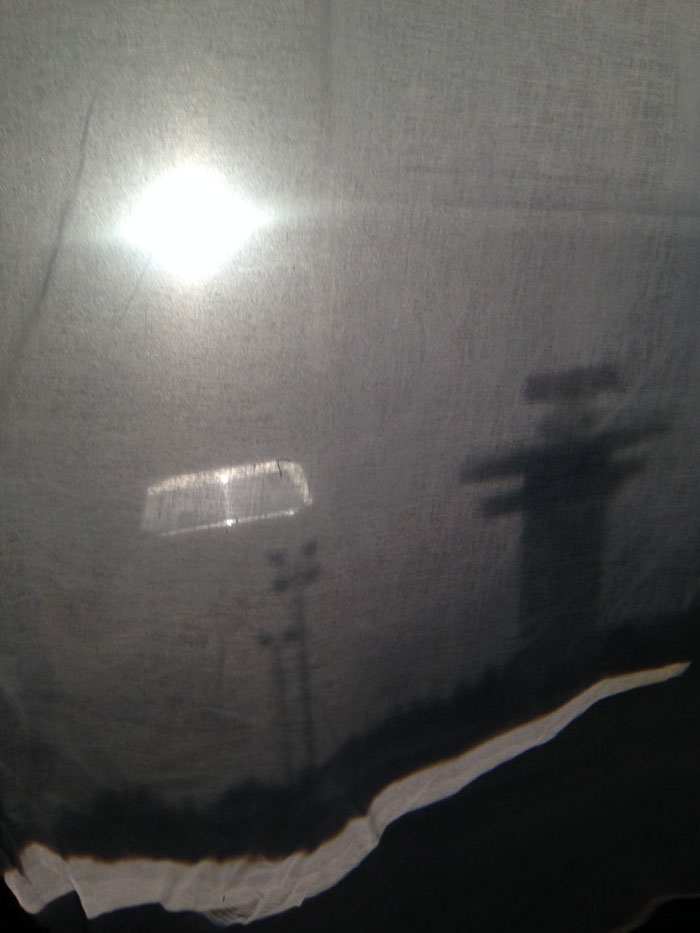
The intension of the works by Agnes Hamvas and Hubert Hasler is to focus one and the same experience by 2 persons from different countries of origin on one subject. The resulting photographic works are each layered on a semitransparent surface by means of 2 overhead projectors to produce 1 image.
AMALIE ATKINS

APRONS Video 2017
Amalie Atkins brings another level of story and expulsion into the presentation. Menonites who had to flee the Lutherans from the Netherlands / Germany / Poland because of their pacifism settled in what is now Ukraine. Later, the Ukraine was implemented in the then Soviet Union and the Menonites threatened compulsory military service. Once again, they packed their belongings and emigrated to North America. In Sasketchuwan, where Amalie Atkins lives as the heir of Ukrainian culture, rites and costumes of the Ukrainian menonites are still visible in everyday life.
DRAGOS HANCIU
BRUDINA / Documentary, 2014
Brudina (a local word defining the floating bridge connecting the shores of a river) is a documentary essay about isolation, loneliness, and destiny. The life of the two protagonists is depicted in recurrent, concise detail, alternating with poetic, deeply atmospheric frames. The film reveals in no more than 17 minutes, a small revolute universe, a narrow world consisting only of the water flow, the two, shores, the movement of the floating bridge, the tension of the anchor chain cables and the gliding movement of the pulleys.

Untitled (The Flame)
“Untitled (The Flame)” is a video performance for which I set my hair on fire and then I cut a short sequence of the footage that lasts for a second or two and I put it in a loop which prolongs duration to the ideal forever. The hair is on fire, and the face is calm. Siniša Labrović from Croatia is professor of literature and took up artistic career in 2000. His work is often socially engaged and major themes are the position of man in these times of the domination of economy and politics, the relationship of the private and the public and the influence of the media culture, often accompanied by a wry humour and irony. The power of his conceptual performances often lies in a slightly uncomfortable definition of the relationship between the audience and the artist, where the audience is in a way forced to “walk” the thin line between ethically acceptable and unacceptable. As a performer he naturally centers his artistic practice on his body, which becomes his tool, medium and artwork at the same time. Using his body to express ideas he does not restrain himself from often drastic moments or interventions into his own body.
GANI LLALLOSHI
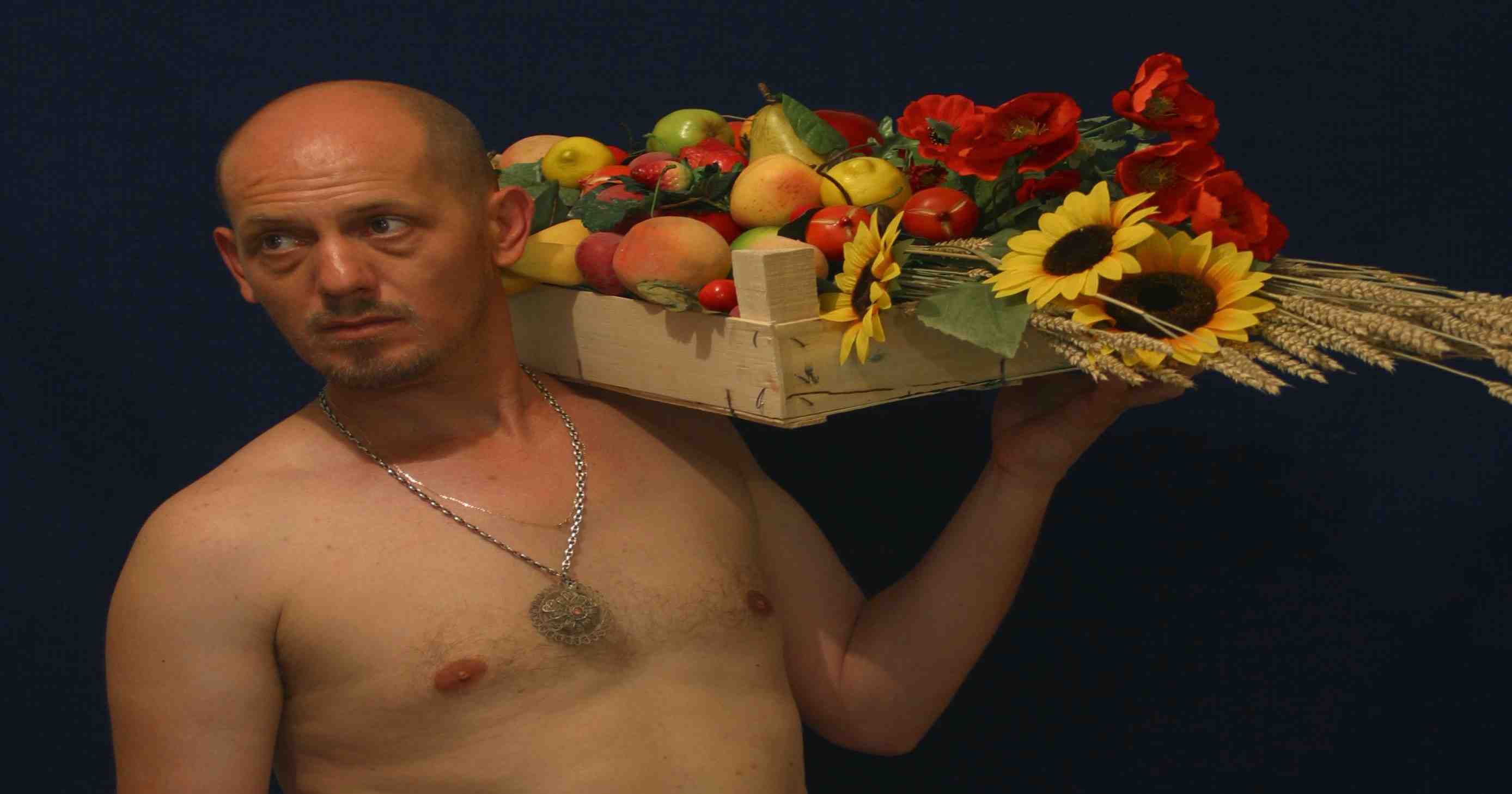
Gani Llalloshi was graduated from the Academy of Figurative Arts – the Branch of Painting in Prishtina in 1989, at the class of Professor Nysret Salihamixhiqi. He received master degree – specializing at painting in 1991.
He also studied in Paris and, as a student, the DAAD scholar studied at the HDK in Berlin in 1997/98. Since 1990 he has been a member of the Association of Slovenian Artists (DSLU). She lives and works in Portoroz. Despite his developmental changes, his entire painting and graphic opus is identifiable with an equal interest in figurative and abstract expression, through continuous experimentation with various technologies, and by the contentive engagement with the life of man in modern society.
In December 2012, a bilingual monograph Gani Llalloshi (editor, author of text and bio-bibliography Vasja Nagy, editor-in-chief Nadja Zgonik) appeared in self-publishing and Intersevica doo Ljubljana, which was first presented to the public in the Piran Municipal Gallery.
Among the most important prizes he has received so far is the purchase of the Viennese Albertine Award in 1997. He received the Grand Prix for his work “A Dream” in 2012, awarded by the Coastal Galleries of Piran at the 47th Piran International Painting Expo (cf. www.obalne-galerije.si/index.php/en/article/367/2/99 ).
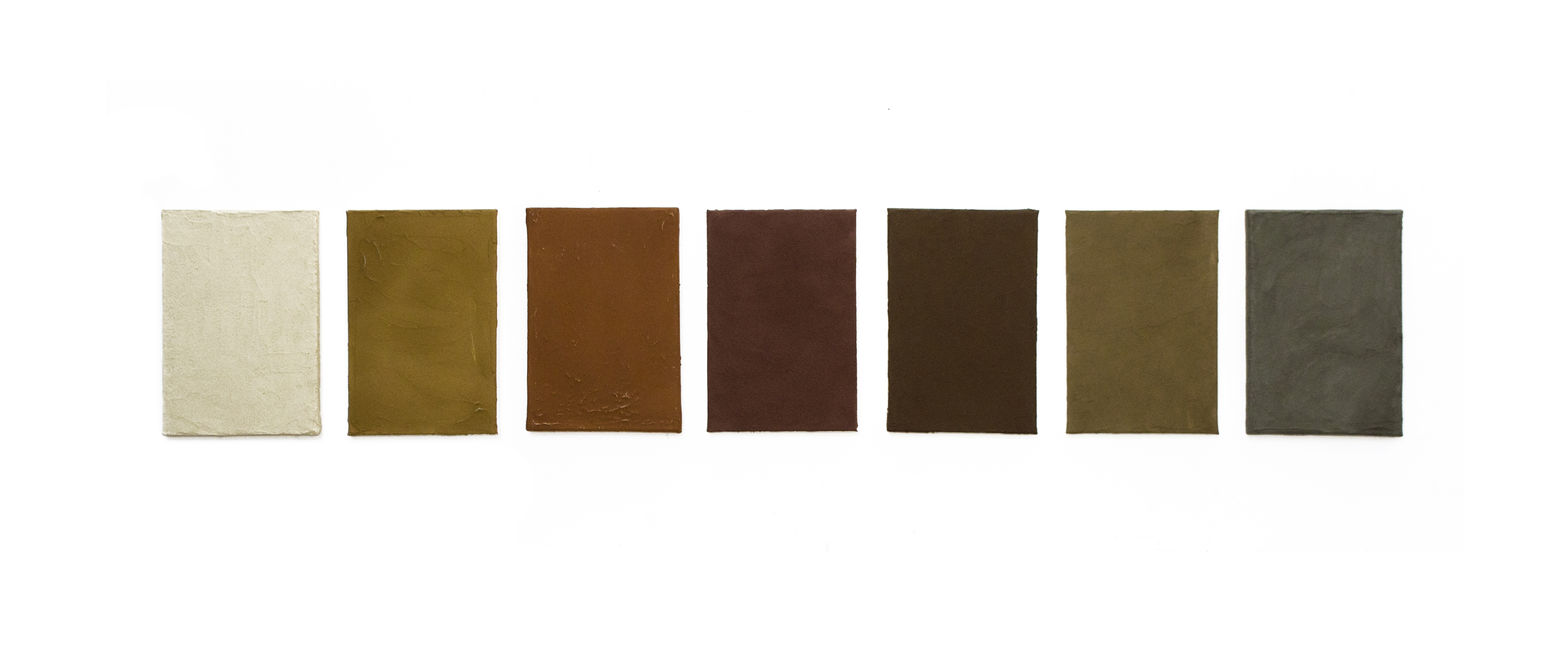
Palette of my Homeland is an ongoing multidisciplinary project concentrated on investigation of the visual possibilities of soil specimens and their application on painting and ”color“ theory.
After consulting the geological map and the locals I gathered soil samples in my hometown, the town of Knjaževac in Eastern Serbia, which became paint, a palette and then transposed into a set of monochrome paintings.
The local names of each color are also implemented while some of the pigments was also given a name. Each of the color has or had its use, for example the “white“ one – Beljuga (from bela – white) was used for hand washing of clothes, Leskun for making bricks, Crvenica (from crvena – red) was completely unusable as nothing would grow on it. Franz and Nikola (used for washing hair, was believed to contain nickel – Nikola, a male name) were named by myself.
This personal archive is an ironic portrait of my homeland based on natural characteristics of the soil coquetting with the notion of nostalgia. Serbian syntagma rodna gruda, which is a name for the homeland, presupposes the relation between the place of birth and a handful of soil. The act of collecting and presenting soil in the painterly context has underlying political and cultural implications, challenging the sense of the borrowed terminology.


NO ONE SAW IT TWICE / Photography, 2014
András J. Nagy was born in Hungary and grew up in South Bronx and South Brooklyn. When he was eight years old he began to photograph Graffitis with the Leica M4 of his father. Nagy lived in Rotterdam, Los Angeles, Osaka and New York. Today he lives and works in Budapest. His works at the current exhibition are results of photographic journeys through the United States, Columbia, Montenegro, Estonia and Hungary that took place in 2002. All the works of the exhibition are unique, there are no negatives. Nagy tries to hold transient moments: a banker walking on Lexington Avenue with a huge packet under his arms, an empty cemetery in Hungary under a rainy sky, a tourist at the cash machine, an abandoned industrial building. Nagy photographs landscapes, buildings, interpersonal situations that he crosses by during his travels. He records different realities, fears, pleasures and weaknesses of the society. He shows social needs and dreams. Besides ordinary situations and trivial places Nagy shows something else in his photography: the narrative character through which the viewer is moved into the situation. That’s why Nagys photographs work outside time, space and context. By mixing architectural, figural and scenic photography he breaks with the strictly separated genres of the classical modernism. His works belong to the genre of street photography, which is related to photojournalism and documentary photography, and is as old as the medium of photography itself.

THREE ACT CIRCLE NOIMA Group Performance
THE FIRST STEP (CHARCOAL, ERASER) LIGHT
The four artists are seated next to each side of the paper, standing. Then they will sit down on their knees by drawing or wiping the circle mark that they will try to do with their free hand. They will be aware of their limits in accomplishing perfection without stopping the beginning. The first will draw a line width of 5cm/approx. The second will erase inside the previous line leaving a trace of 3cm/approx. The third one will draw a line inside the wipes of the second. The latter will delete a narrow line with the corner of the eraser inside the penultimate charcoal sign.
THE SECOND STEP (ACRYLIC: WHITE / BLACK, WATER CONTAINER, 4 BRUSHES) WIND
The four artists who sit next to each side of the paper will try to draw all at once the shape of the circle with any risk. This work will be the most spectacular version because they will have physical collisions during the work.
THE THIRD STEP (FLOUR, CONTAINER) AIR
The four artists will be seated two on each side of the paper face to face.Then they will sprinkle the flour trying to form an embossed line by 3cm / approx. This will create a flour circle through the simultaneous movement of the four artists. They will start from the parallel sides and meet on the lateral sides. (In the beginning will be Rosetti / Scurtulescu and Bodea / FrunteÅŸ at the end will be Rosetti / FrunteÅŸ & Scurtulescu / Bodea.)
*with adhesive paper
JIRI KOCICA

The project “Art side the box” is dealing with geopolimers, gels and some hidden or semi-hidden sculptures. All of them will be hidden in kind of cubic forms. Some of the figures will be visible through micro tomography. The statues will be made with a 3D program connected to a 3D printer. There will also be gels for analyzing of DNA or proteins. Some of the figures will be equipped with lights and with colour surface changing by being touched. This kind of sensitive to temperature material we already know from juwellery rings, which are detecting our emotions with the help of the temperature of our skin. Hidden figures will appear as a consequence of the change of the colour. to translucid tough. Some of the sculptures will be allowed to touch as well as to open it. The recipient will be able to uncover the hidden contents, the interventional side of the project. For the visitor it will be possible, with that kind of display, to the geek behind the curtain of a creative process. Jiri Kocica is focusing the transparency of procedure and the relation to parts of science. Some of these things we know quite well as users, but we never have asked about the backgrounds and inventions of the development. Jiri Kocica´s art work is evoking a kind of genuine interest for the process of creation, in a wide range of interpretation.
ADRIJAN KARAVDIć
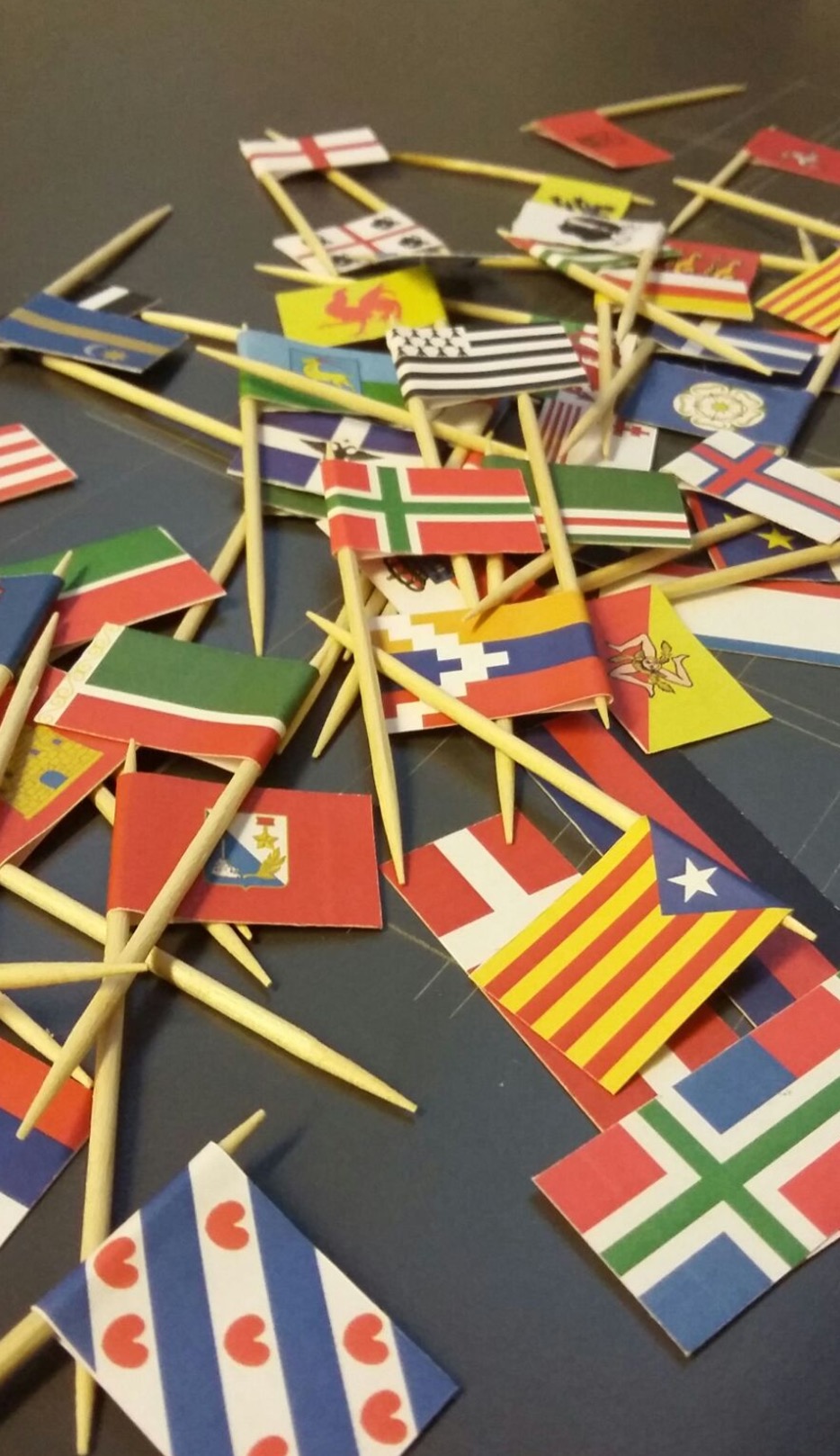
Adrijan Karavdic (born in Belgrade, SFRY in 1989) is a researcher at the University of applied arts in Vienna. He received his MA at the same university in 2016 (Art & Science) and holds a Diploma in graphic design from the Faculty of arts and Design in Belgrade. While studying in Belgrade, he co-founded the design collective “Autosugestija” working on various design & visualization projects. Parallel to this, he developed a strong interest towards art and research, which lead him to continue his studies in Vienna. As a researcher, he works on the project Control Room where he investigates and develops possibilities on future controlling environments , by combining design practices and up-to-date technology he is trying to fill in the gaps between various engineering disciplines. His current artistic interest is a connection between economy; automatisation and the relation of the two with the topic of accelerationism. In 2013, Adrijan won the best prize for short animation in Subotica (Serbia), and in 2016 he was awarded in London (UK) for his research and visualisation on the topic of “Future of money: Origins of money”.
“My concept changed for this exhibition due to current events in catalonia, topic of secessionist and autonomous movements which i already had large interest back in the past. It will be an eatable work.”
BOJANA STAMENKOVIC

Sworn Virgina
“Sworn Virgina”, needle installation, landscape from the film Virgina, 2016/2017.
“Sworn Virgina”, embroidery, landscape from the film Virgina 2016.
“The film Virgina (dir. Srdjan Karanovic, 1991, Yugoslavia, 100 min.), tells the story of Stevan. Stevan is a young heir of a family that is cursed because of having too many female children. Stevan is thus designated to live as a boy by “his” own family, although she was born as a girl baby. Actually, the family follows the ancient custom of “sworn virgins” (“virgina” or ”tobelija”) in order to avoid the heavy social censure of an all-girl offspring. The loud celebration accompanying the hoax announcement of a boybirth later turns out to be a heavy burden in Stevan’s life. Being stamped by the ancient custom, Stevan goes through confusing situations being both a girl and a boy – having much more than the usual secrets to hide. As Stevan grows older, the usual gender problems in adolescence start conflicting with each other. For Stevan, the process of gaining maturity becomes a painful experience, a real ordeal. The first menstrual cycles, the first love, as well as the macho rivalry rites with the other boys, she has to go through all of these experiences. To hide her real gender identity, and to fight through the struggle of establishing the imposed male identity in the highly strict cultural environment, tum out to be difficult tasks for only one person. Karanovic’s shows his heroine struggling to express her desires to live the life of a woman. Paradoxically, in Stevan’s case to live her life as a man becomes the effect of patriarchal constraints and oppression, and not a privilege. This gender change is not a question of personal choice. Finally, the woman ”wins”, she breaks with the imposed rules and escapes, but she does this by fleeing the country and the unwanted life as a man together with her newly found freedom in a life with a man, her secret lover. She escapes one patriarchy and enters another one. The film ending does not leave a place for any feminist reading because it suggests the heterosexual marriage as the only way out for Stevan.”
MICHAEL KOCH
.jpg)
Michael Koch oszillates between painting, sculpture, new media and music, he loves electronic music which influences his pictorial work. According to Walter Benjamin, not only the movement of the eyes belongs to looking, but also their decommissioning. Visualization of the sound sculpture by Michael Koch generates itself in the intervals between the feedback and the diverging radius of the circular microphone, for example, which is picked up by Michael Koch and translated into concentric circles and geometric characters. This results in a picture of the sound, which represents the tempo, the rotation and the pauses between the notes. Like in Michael Kochs paintings the most important thing is the gap between the elements of his mural reliefs, like in James Blake´s song Limit to your love. Michael Koch is a contemporary fine artist and DJ and he is interested in visualization of sound and the silent in between. Elisions, like in Heinrich Heines Poems, are characteristic for the paintings as well as for the wall reliefs. Dashes, blank lines, space characters, absolute silence are part of that dysfunctional space. The tongue of expression is lanced by a net of cavities. The demonstrative gaps are a statement. The possibility of subtile interpretation opens a new range of perception. He is checking every position of his deeper impact for fulfilling the perfect line.

Curatorial Intension
,,The limits of my language are the limits of my world,,*
*Wittgenstein, (Tractatus), 1918
The project consists of two parts
°The Road Trip / Residency
°The Presentation
°The Road Trip / Residency
The journey will lead the artists from Vienna via Szeged/Debrecen, Arad, Timisoara, Cluj, Iasi to Suceva, to the house of Victoria and Marian Zidaru (Residency). The stations on the route and the places of their stops will be documented and will be visible for the followers on a face book page. Artists from Hungary, Romania, Serbia, Croatia, Slovenia and their works will be collected as the bread and involved in a group exhibition. The aim of the photo collaboration of Hamvas and Hasler is to look at a motif through two different angles, which are determined by their own socialization, artistic perception, by the influence of the thoughts and sensations of the moment. The personal perspective of landscape will be compared with the view of the artistic partner.
° Presentation
“One speaks only one language”. “One never speaks only one language”.
Using overhead projector and foil prints, the resulting work is superimposed, the view is doubled. Changing the view of perspective, landscape, society does not depend on the intellectual ability of the viewer, but is shaped by education and by personal environment. Even a delimitation from the original influence usually does not allow an absolutely independent view of it.The collected works by artists from the partner countries will be integrated into the display and will be exhibited in all places.
Proposal and Text Agnes Hamvas, Denise Parizek, Hubert Hasler 2017
Residency Summer 2017
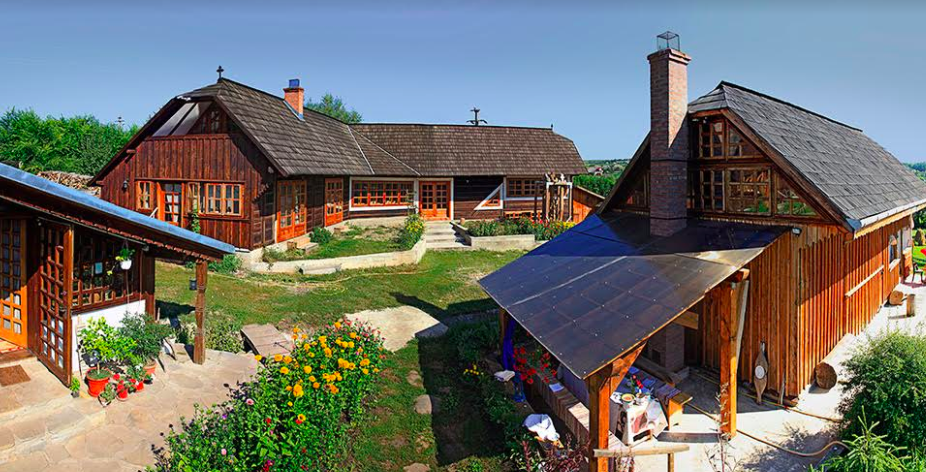
In the village of Suceva / Liteni, Victoria and her partner Marian set up an artist’s residency in the house of her ancestors. The enchanting property in Bucovina makes you forget the everyday stress and the noise of the city. It is intended to be a place of retreat, reflection and creation, a place for exchange and communication, without being affected by everyday burdens and requirements. In this place, Agnes Hamvas and Hubert Hasler will visit the two Romanian artists and conduct research in the Bukovina area before proceeding towards Bucharest to continue their investigations of countries and languages.
Victoria & Marian Zidaru

Mixed Media
When you enter the courtyard of the former colour and brush fabric Hale in northern 
Bucharest, nobody suspect that in the old halls are now dozens of contemporary artists. In one of them I visited the workshop on Victoria and Marian Zidaru. Small fenced terrace (common area with Mircea Roman sculptor) with umbrella and flowers already moderate industrial atmosphere up there. As you enter the studio spouses Zidaru stepping into another world. The ground floor, climbing the stairs to the floor and then to the bridge are accompanied by angels and old objects specific to the ethnographic collections. You do not even know exactly where you are in the attic of the father grandparents, in a church or in a workshop that creates two artists. Surrounded by so many outstanding works I did not know where to start, take pictures … It was enough to set off; everywhere it was something new.
Text and Photo Lucian Muntean, May 9, 2014
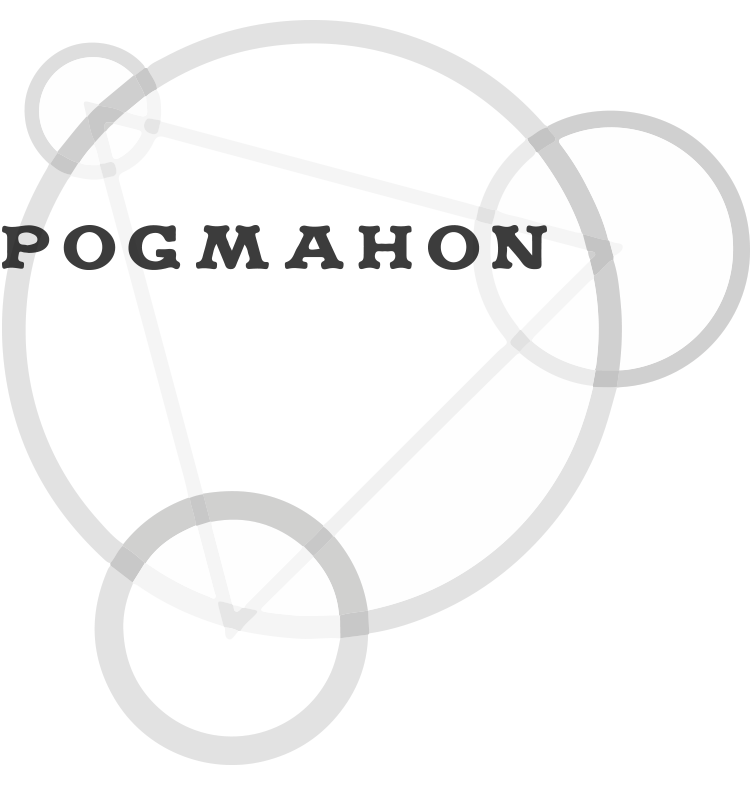

.jpg)
